

| Install | Configuration | Data Movement | Recover |
  |
The OnePass Agent is integrated with Windows File System iDataAgent as a method to archive files which have been backed up. Only files which meet a predetermined user defined set of rules become candidates for archiving. Follow the steps given below to install the OnePass Agent for Windows File System.
Installation |
Before You Begin |
|||
|
Verify that the computer in which you wish to install the software satisfies the System Requirements. |
| 1. | Run Setup.exe from the Software Installation Disc on a client computer that satisfies the minimum System Requirements. | |||
| 2. |
Select the required language. Click Next. |
 |
||
| 3. |
Select the option to install software on this computer.
|
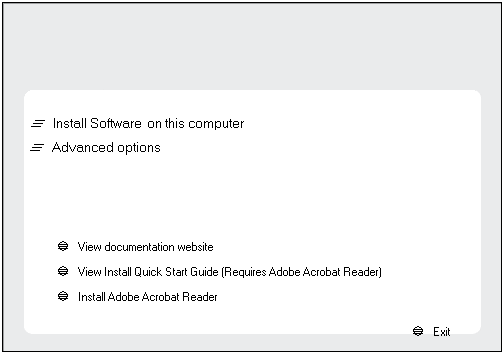 |
||
| 4. | Click Next. |
 |
||
| 5. | Click OK. |
 |
||
| 6. |
Select I accept the terms in the license agreement. Click Next. |
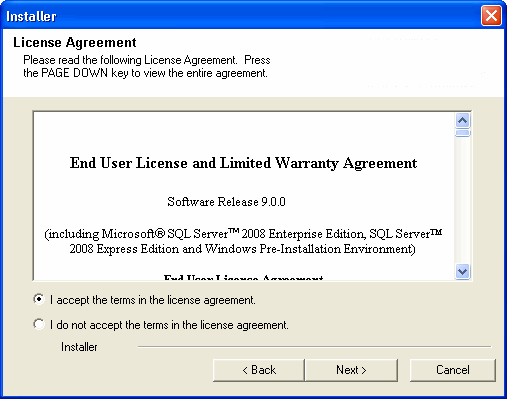 |
||
| 7. | Expand Client Modules | Backup & Recovery
| File System and select Windows File System
iDataAgent. Expand Client Modules | Archive Management and select Driver for File Archiver. Click Next. |
 |
||
| 8. |
Click YES to install Microsoft .NET Framework package.
|
 |
||
| 9. |
If this computer and the CommServe is separated by a firewall, select the Configure
firewall services option and then click Next.
For firewall options and configuration instructions, see Firewall Configuration and continue with the installation. If firewall configuration is not required, click Next. |
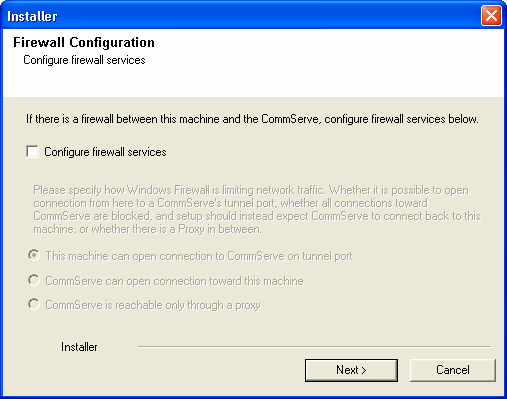 |
||
| 10. |
Enter the fully qualified domain name of the CommServe
Host Name. Click Next.
|
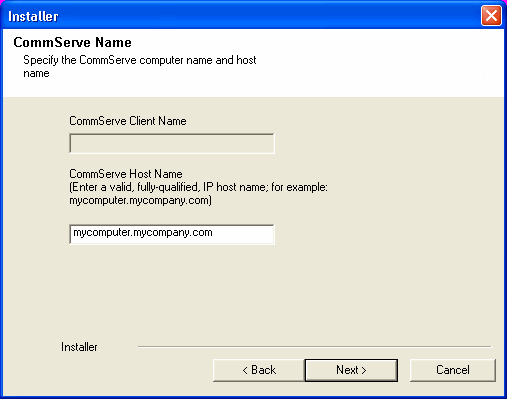 |
||
| 11. | Click Next. |
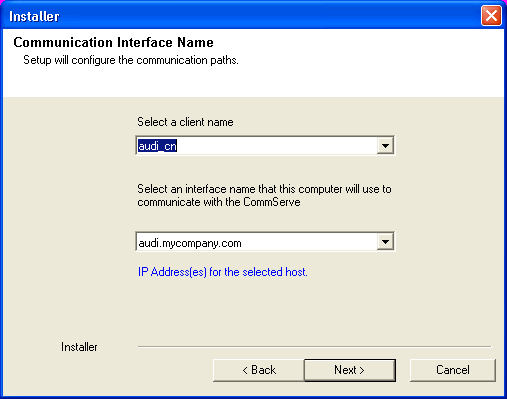 |
||
| 12. |
Select Add programs to the Windows Firewall Exclusion
List, to add CommCell programs and services to the Windows Firewall
Exclusion List. Click Next.
|
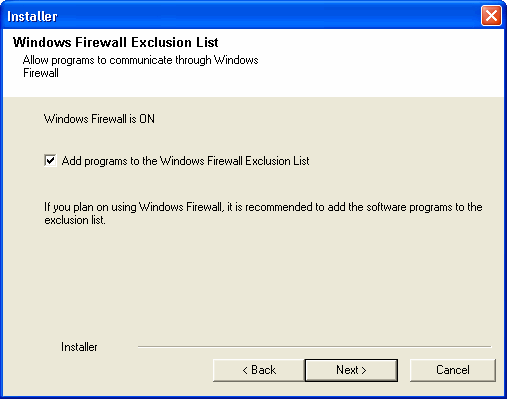 |
||
| 13. | Click Next. |
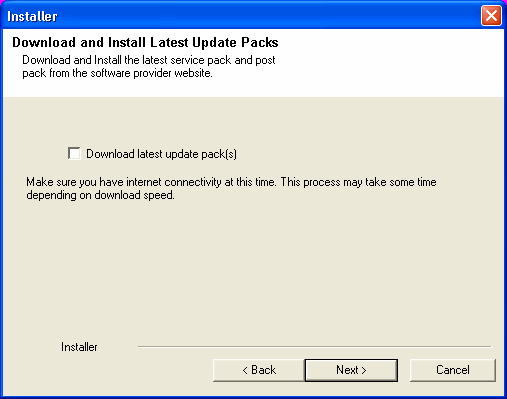 |
||
| 14. |
Verify the default location for software installation. Click Browse to change the default location. Click Next.
|
 |
||
| 15. |
Select a Client Group from the list. Click Next.
|
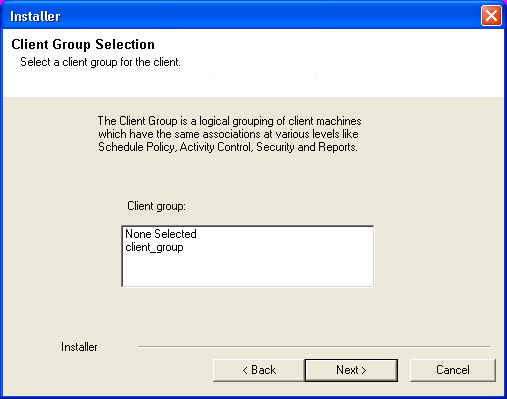 |
||
| 16. | Click Next. |
 |
||
| 17. | Click Next. |
 |
||
| 18. | Select a Storage Policy. Click Next. |
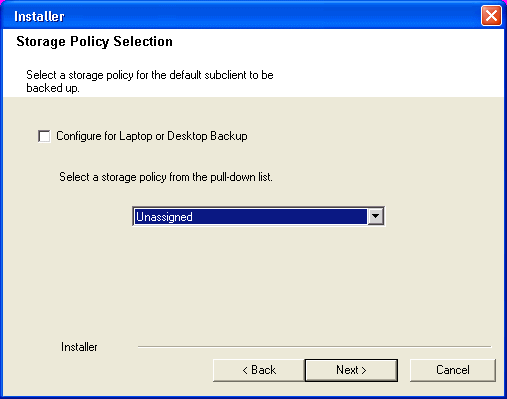 |
||
| If you do not have Storage Policy created, this message
will be displayed. Click OK. |
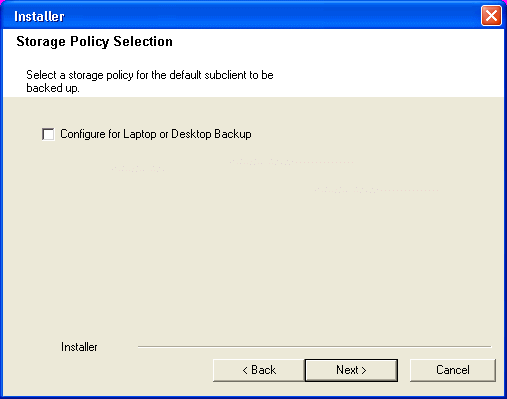 |
|||
| 19. | Click Next. |
 |
||
| 20. | Click Next. |
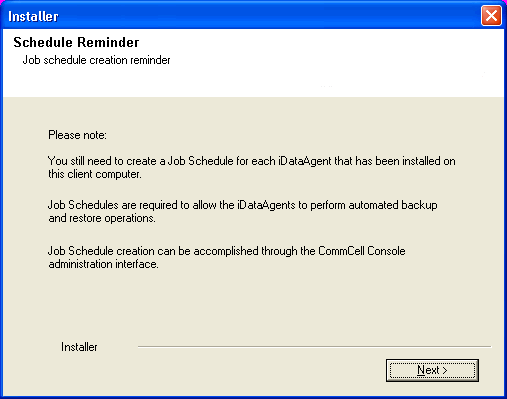 |
||
| 21. | Click Finish. |
 |
||
| 22. | Install software version Service Pack 12 or higher. | See Updates and Service Packs for more information on installing the latest service pack. |
| 8. | Select Windows File System
iDataAgent and Driver for
File Archiver. Click Next. |
 |
||
| 9. | Click Next.
|
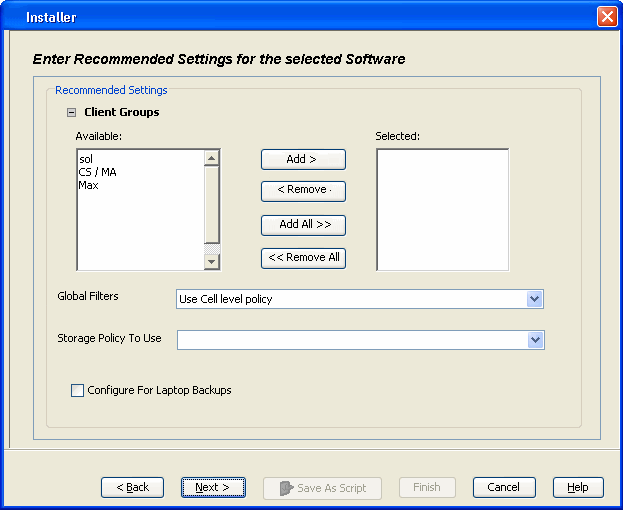 |
||
| 10. | Select Reboot. Click Next. |
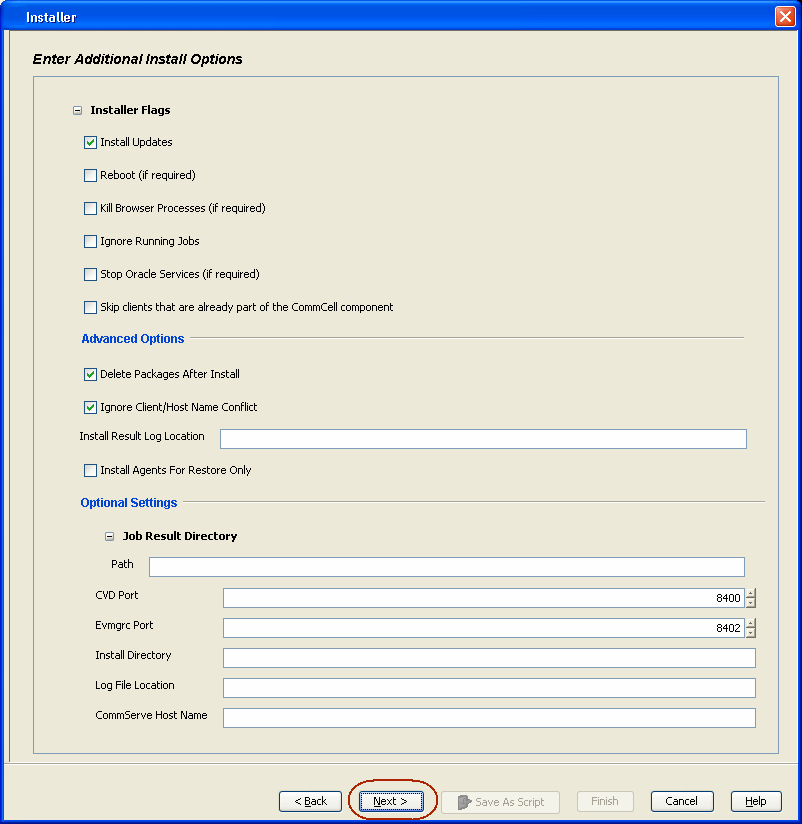 |
||
| 11. | Select Immediate. Click Next. |
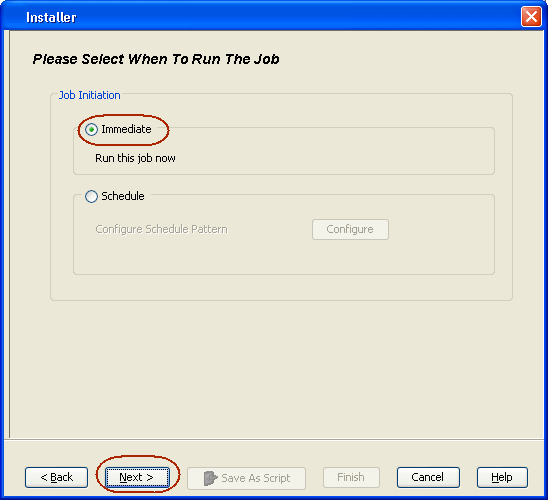 |
||
| 13. | Click Finish. |
 |
||
| 14. | You can track the progress of the job from the Job Controller or Event Viewer window. |
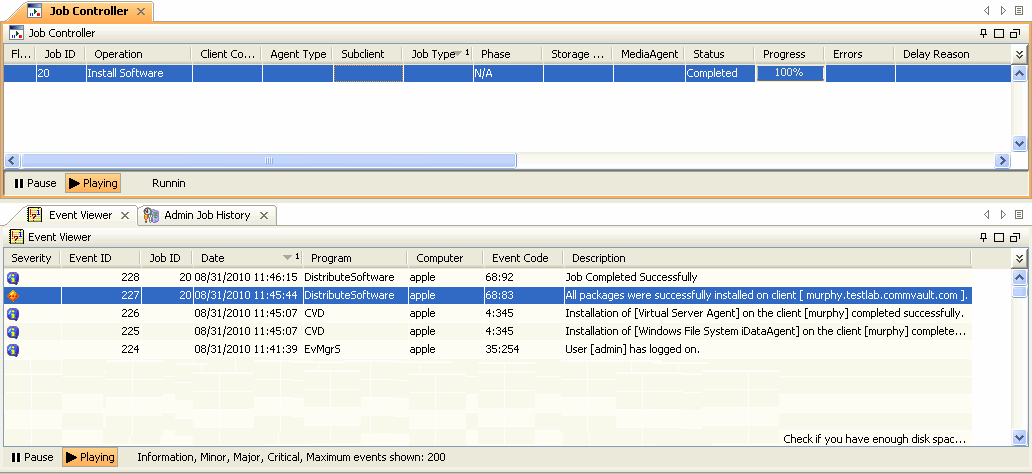 |
||
| 15. | Once the job is complete, right-click the CommServe computer, click View and then click Admin Job History. |
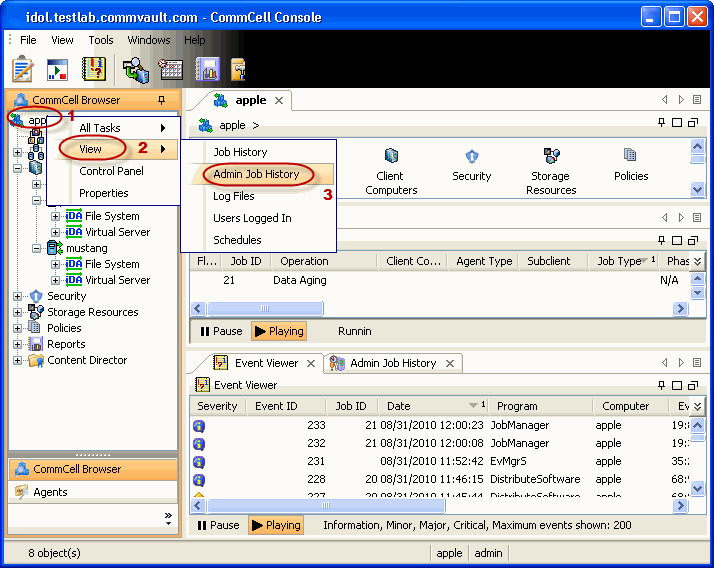 |
||
| 16. | Select Install/Upgrade/Remove Software. Click OK. |
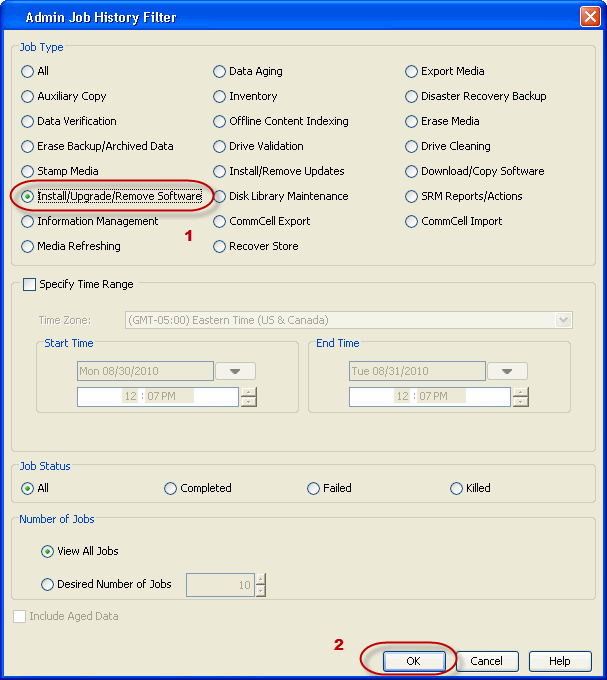 |
||
| 17. |
You can view the following details about the job by right-clicking
the job:
|
 |
||
| 18. | Install software version Service Pack 12 or higher. | See Updates and Service Packs for more information on installing the latest service pack. |
  |